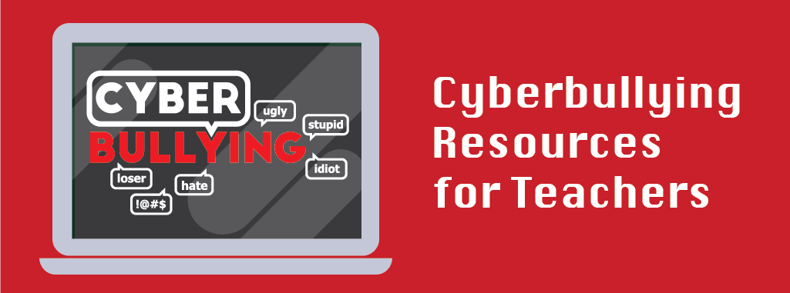
Over the past few years, students have had technology in their hands more and more. Often times, that technology is even provided by the school in a 1:1 setting. Just as a school would not provide another tool to students without appropriate safety training, neither should they provide a device that provides access around the world without some precautions. Imagine opening the doors to the wood shop and telling the students, “Here is the power button...have fun!”
Our attitude toward cyberbullying in school isn’t typically that laissez faire, but good, systematic teaching of technology expectations does not always occur either. The risk is really broader than just bullying when we talk about technology, and other issues such as sexting, over-sharing, and inappropriate content should also be considered.
Tackling the Issue Head-On
We expect to hear even more about cyberbullying as our new First Lady plans to emphasize the topic over the next four years. Here is a starting point for schools to have a conversation about curbing—and hopefully eliminating—cyberbullying from schools and communities:
- Start the conversation: Too often, adults don’t dare wade into the uncharted waters of teenage social media, but it is critical that we do. Unless parents understand the landscape of the social media world, they cannot start to help coach students through any aggression or bullying that may come up.
- Insist that parents plug in: As teachers and school leaders, we cannot let parents off the hook for what happens online. Most cyberbullying takes place outside of school hours, so if situations arise, parents are the first solution for helping both the bully and the victim to heal and improve behavior.
- Know what your district blocks—and what they don’t: This may seem silly, but many teachers are not aware of which social media platforms students can access at school and which ones they cannot. This is important information for lessening incidents at school. It is also possible that some sites can be monitored if access is allowed, which can be helpful if incidents arise. It’s also nice to have a supportive and clear district policy on not just cyberbullying, but on social media in general.
- Be direct when helping them to learn: As adults, we often assume students know and understand certain things about the world. However, teachers need to be very explicit about what to say, write, and post. The resources below include lesson plans and handouts that can support teachers in achieving this goal.
- Have a method for students to report: It can be as simple as a Google form, but students need to have a systematic way to provide information about what is going on. Something that is recorded electronically leaves a “paper trail” for documentation. It also gives students an option for seeking help, which can sometimes feel out of reach.
Cyberbullying Guidelines
These guidelines can help any school or teacher get started to support students who are experiencing cyberbullying. Once the conversation has begun, teachers can look here for other resources that may help continue the dialogue:
StopBullying.gov: Professional, clear, and full of good resources. And since funding is provided by the federal government, there are no ads or programs trying to sell you something.
SafeKids.com: A solid resource for both parents and teachers, this site goes well beyond cyberbullying and into digitial citizenship, pronography, and other topics that parents need to know about.
Common Sense Education: This site has resources for parents, teachers, and even students. There are some pretty solid pre-made lesson plans that teachers can download and use, along with blogs, videos, and other collaborative tools that are worth delving into.
Cyberbullying Research Center: This site is full of current research on cyberbullying and covers other topics in a sensitive and student-centered manner. It is a great resource for parents looking for ways to help their children if they think they may be victims of cyberbullying.
There are a plethora of other resources on the web and at the local library. The first points are probably the most critical—if a teacher or parent is unengaged with their student, all the resources in the world won’t make a difference. What is required of the adults in these situations is that they play the role of the adult, making tough calls at times to keep those involved safe in all aspects of their lives. Teachers must connect with parents to become part of the solution to end cyberbullying.
Have any tips or resources you've found helpful for reducing or eliminating cyberbullying in your school? Share them with us below!


